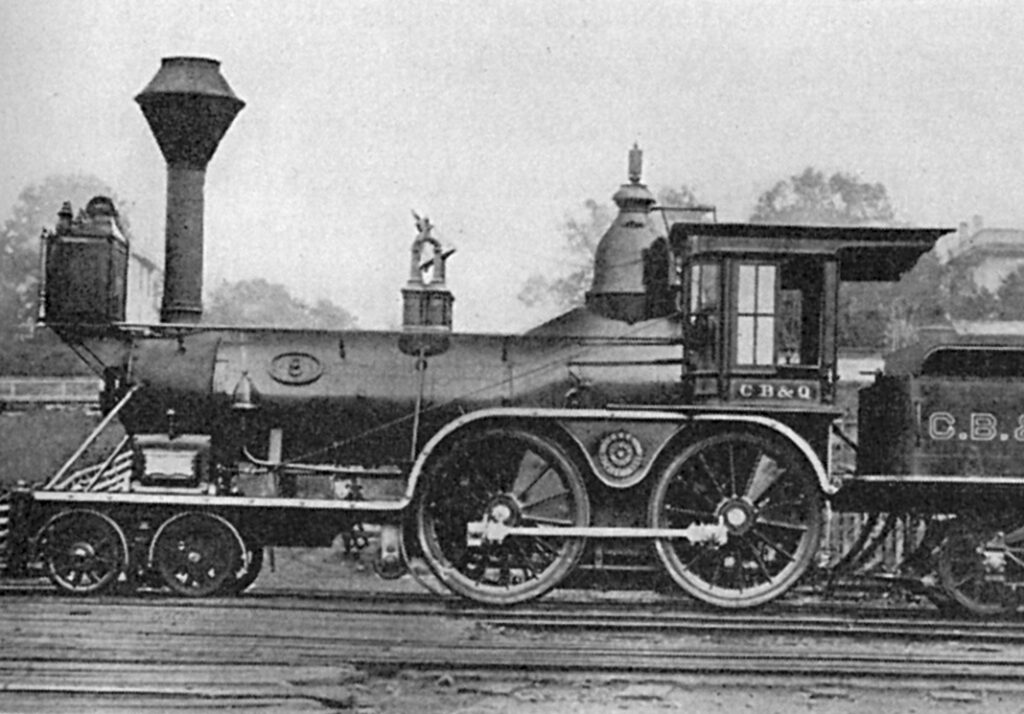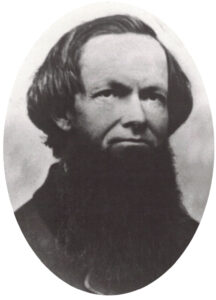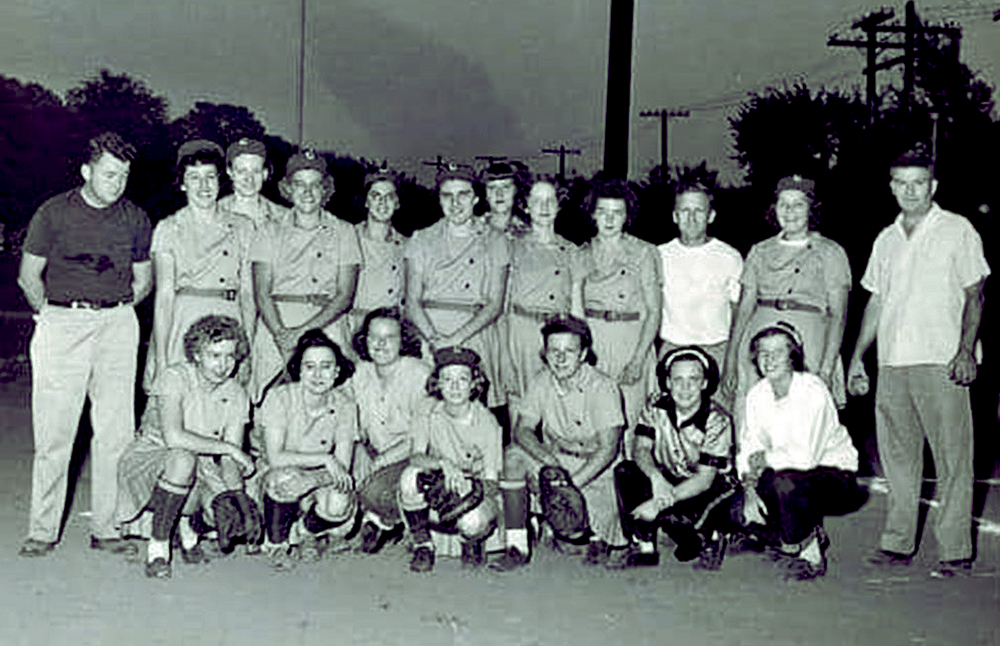Celebrating Hinsdale’s 150th Anniversary in 2023

Chronicled by The Hinsdale Historical Society
By HM Staff
For many reasons, we enjoy neatly laid out streets as originally platted out and the historic downtown district of Hinsdale. Even the street names are preserved; the names of trees intersect the names of those who founded this country. At 150 years, it is worth pausing and considering why so much is still intact. In this and subsequent issues, we will examine why Hinsdale is what it is. First, there was the vision of the people who created the original layout and attracted the railroad. Then, the people that moved in, built homes and started businesses. Many have been prominent in Hinsdale and the Chicago area over the years. Very importantly, from then until now, there has always been an interest in preserving Hinsdale’s history. Many have been involved in chronicling Hinsdale’s history, including the Hinsdale Historical Society, the Village of Hinsdale itself, as well as people such as Sandra Williams, Tom and Mary Sterling, and Janet Miller.
Future issues will detail the names of people who made their mark in Hinsdale and beyond, as well as the Downtown Hinsdale Historic District itself. How Hinsdale Became The Ideal Chicago Bedroom Community This year, 2023, marks 150 years since Hinsdale was incorporated From then until today, Hinsdale is still an ideal Chicago bedroom community. It is often said that success is a combination of opportunity meeting planning. Such was the case with a man named William Robbins and Hinsdale. In their extensive accounting of the history of Hinsdale, “Hinsdale & the World,” Tom and Mary Sterling described Hinsdale’s early beginnings as follows: “Hinsdale has always been a commuter village, set up in response to the Chicago, Burlington & Quincy Railroad’s plans to put a spur through this part of the country. It all began with a man named William Robbins, commonly known today as ‘The Father of Hinsdale’.

William Robbins, recognized as the “Father of Hinsdale”
Originally from New York State, by the mid-1800 Robbins was farming and teaching in McHenry County, Illinois when he heard of a way to make a quick fortune. Eager to improve his station in life he set out for the gold fields of California to stake his claim. However, he didn’t mine for gold but chose the wiser path of selling supplies to wealthy miners. After making his fortune he returned to Chicago where he spoke with officials of the railroad, learned about the new spur, and asked permission to accompany the railroad surveyors as they walked the proposed line. When they reached Hinsdale Robbins knew he had found what he was looking for.” “The gently rolling landscape had no swamps or other deterrents and was a good place to start a village. The year was 1862 when Robbins bought 640 acres at $14 an acre from Robert Jones. William Robbins drew up plans for the new village, mapped streets, and lined them with thousands of trees. He planted the trees even before the streets were built, explaining that the streets would be by those areas between the saplings.”
“Robbins gave the railroad permission to skirt the north side of his property and Alfred Walker, a progressive farmer in northern Hinsdale, gave the railroad permission to skirt the south side of his land, thus clearing the way for the railroad to come through the middle of present-day Hinsdale. Walker and Anson Ayres soon divided their north-side farms for home sites, and others, including Oliver J. Stough, came to the village to build homes for the early residents.” “To the far north of Hinsdale near the intersection of York and Ogden stood a much earlier settlement known as Fullersburg.* Named for Ben Fuller, this area had managed to survive the 1830s thanks to heavy traffic on the Old Plank Road, a toll road leading from Aurora to Chicago now known as Ogden Avenue. Many famous travelers had used this road on their way to and from Chicago including Abraham Lincoln who was known to have stopped at the Graue Mill. When news of the proposed railroad spur reached the area, Fullersburg merchants encouraged railroad officials to build the line along Ogden Avenue. Such a route wasn’t topographically feasible, however, and the railroad chose the Hinsdale location. With this decision, Fullersburg’s fate was sealed. Hinsdale businesses thrived, supported by the railroad and a growing number of residents. Everyone from barbers to bankers sought out the peaceful streets of Hinsdale as an alternative to the hectic life in the city. By the time of its incorporation in 1873, Hinsdale had grown into a popular, well-respected commuter village, and in this respect, little has changed.” *To complete the early history of Hinsdale, Fullersburg was annexed to Hinsdale in 1923.
*Photos courtesy by Hinsdale Historical Society












